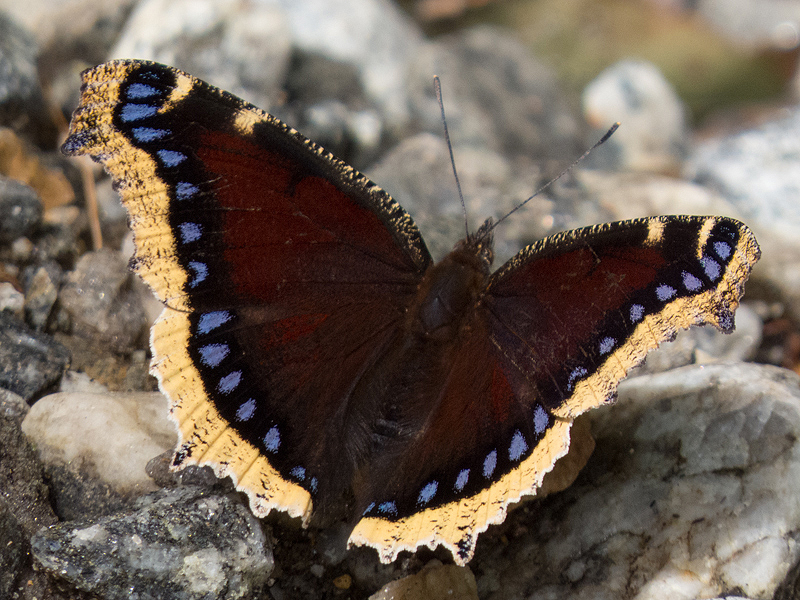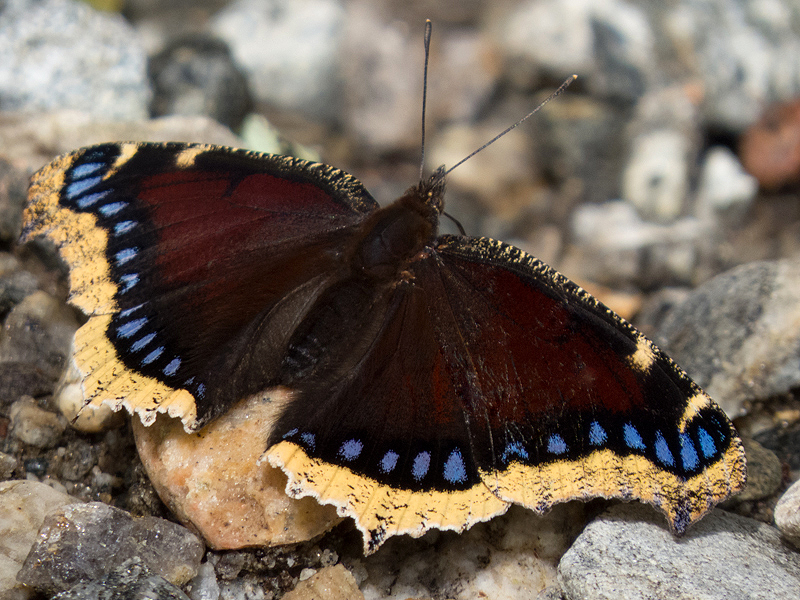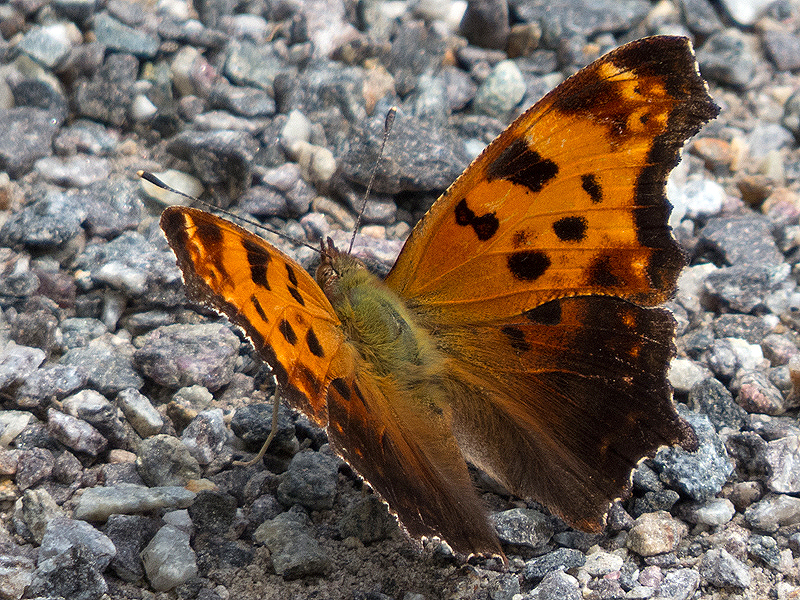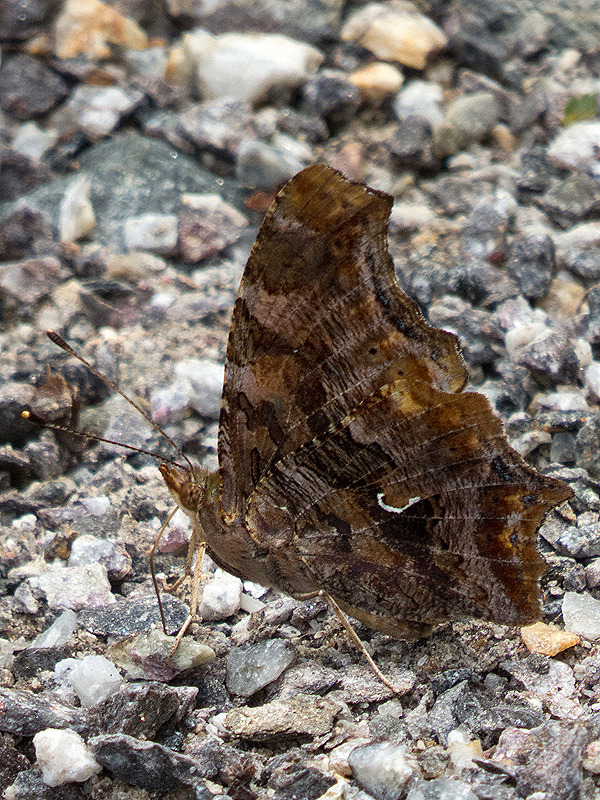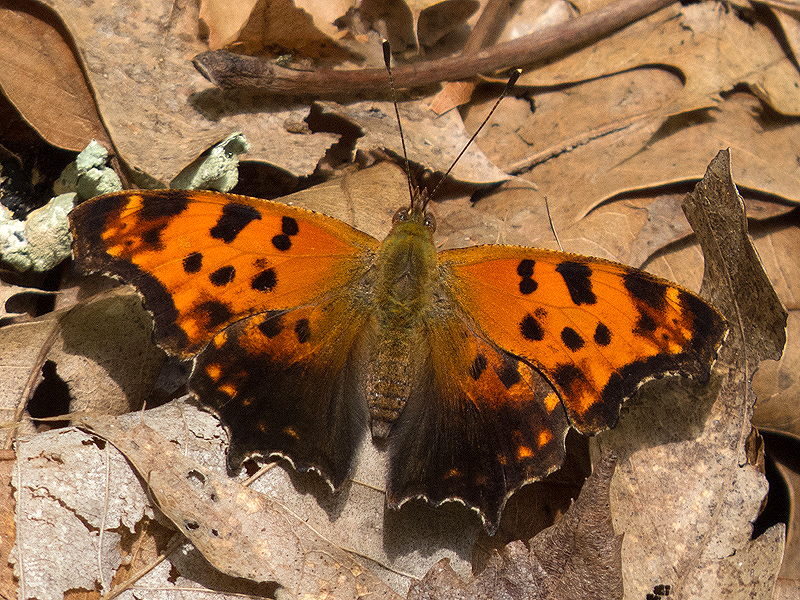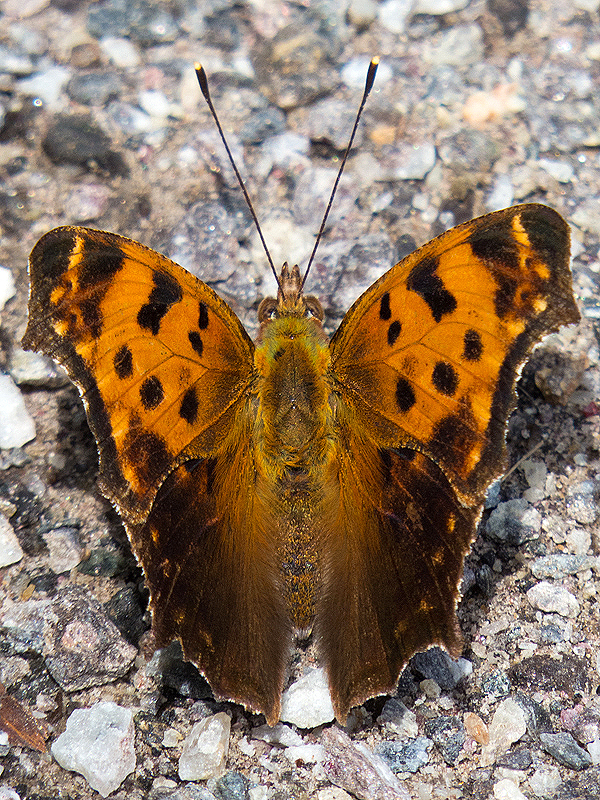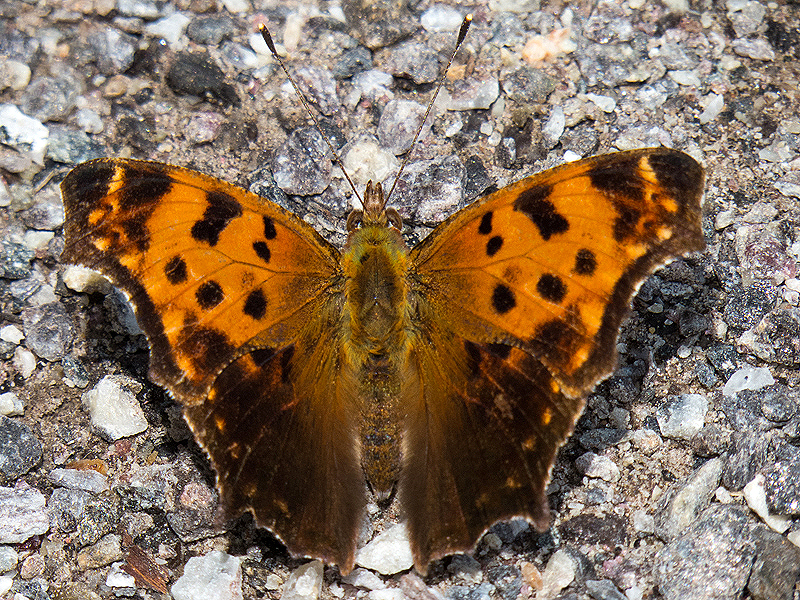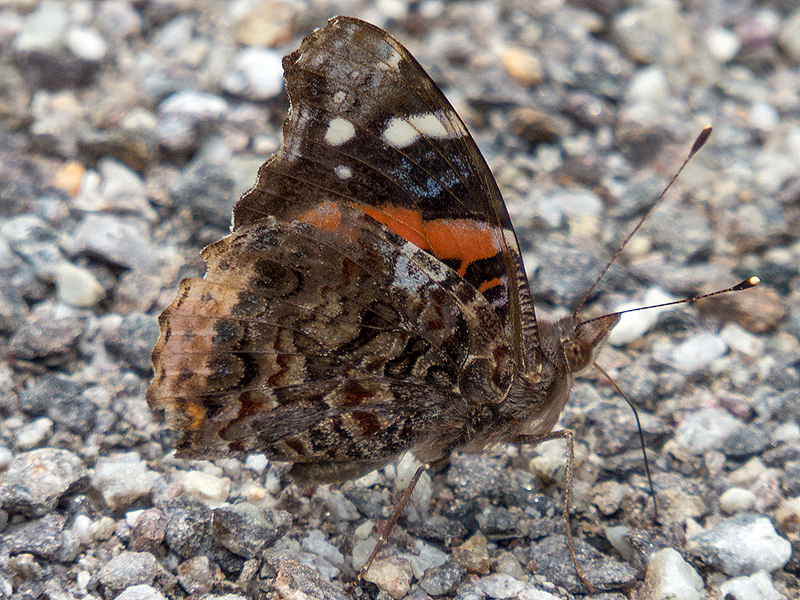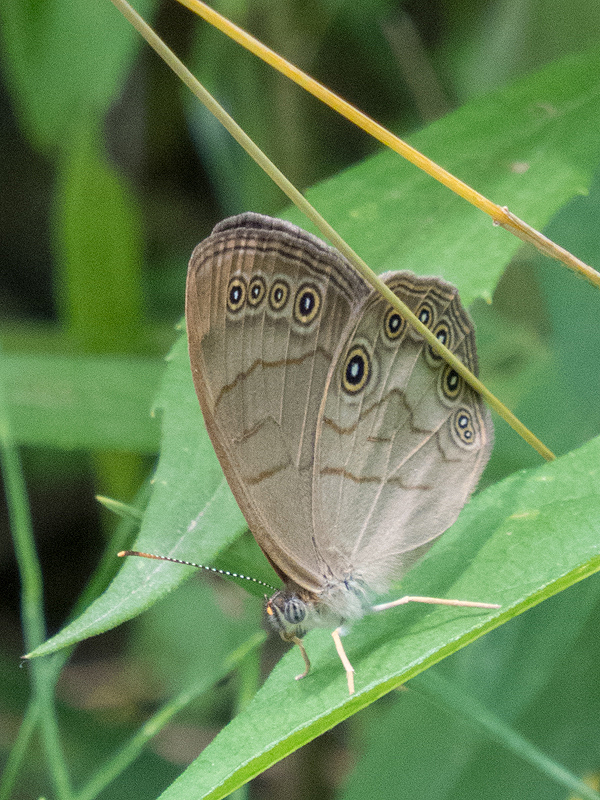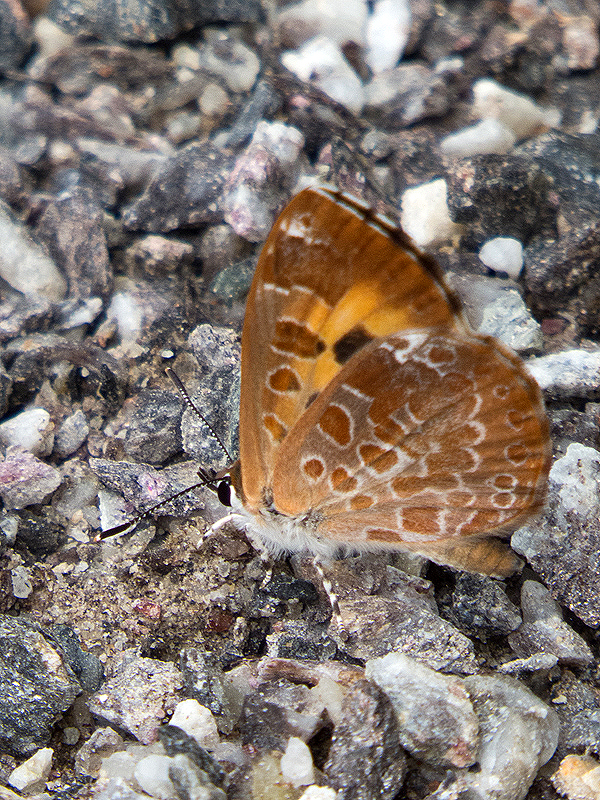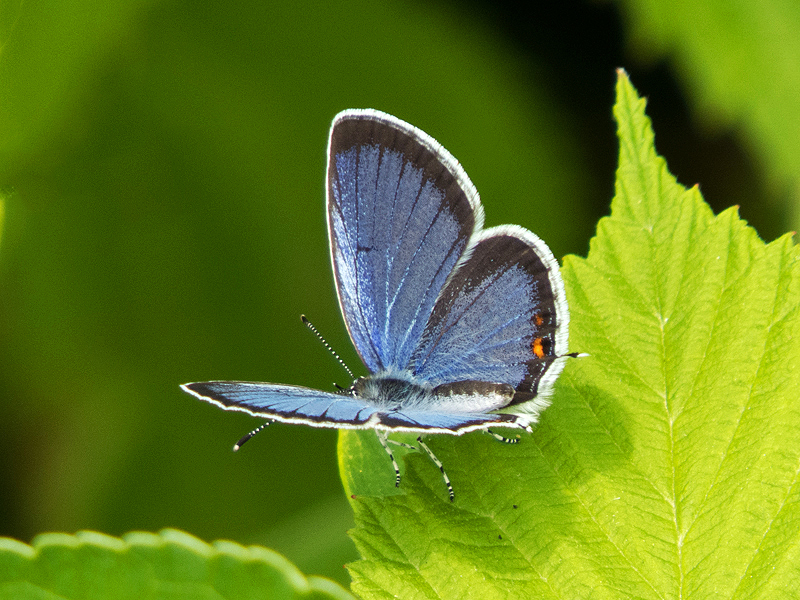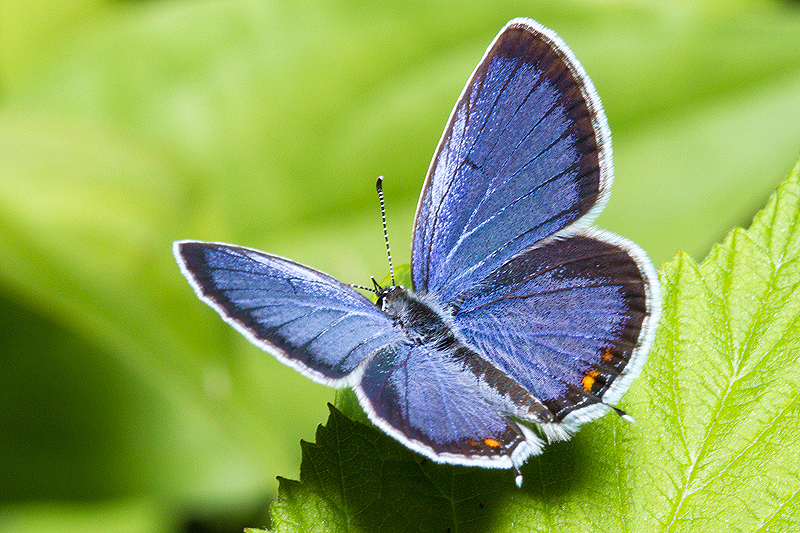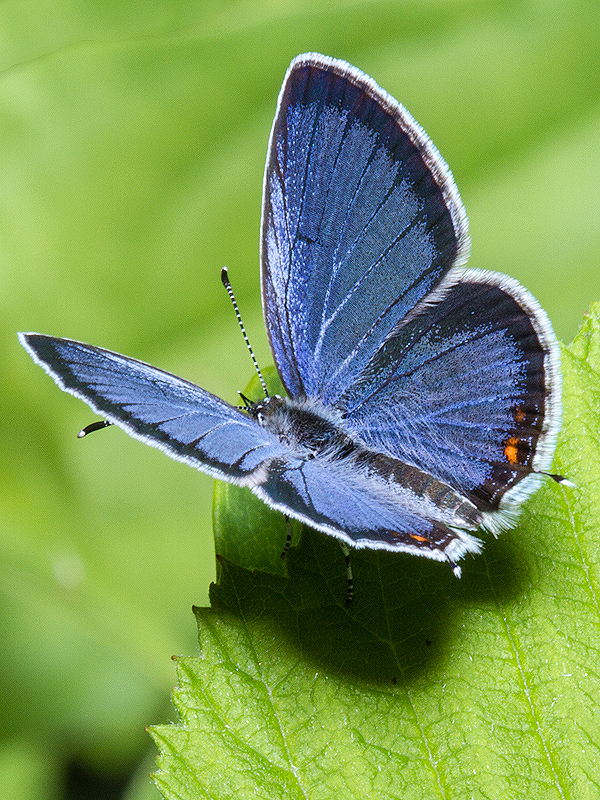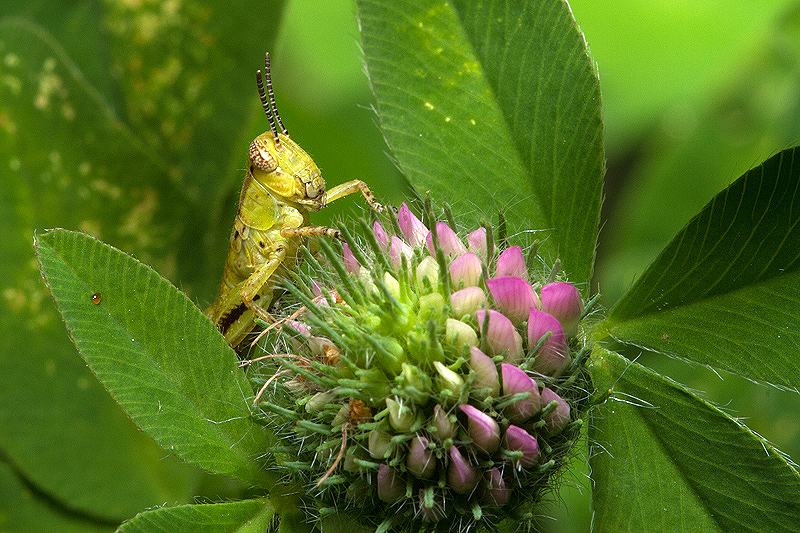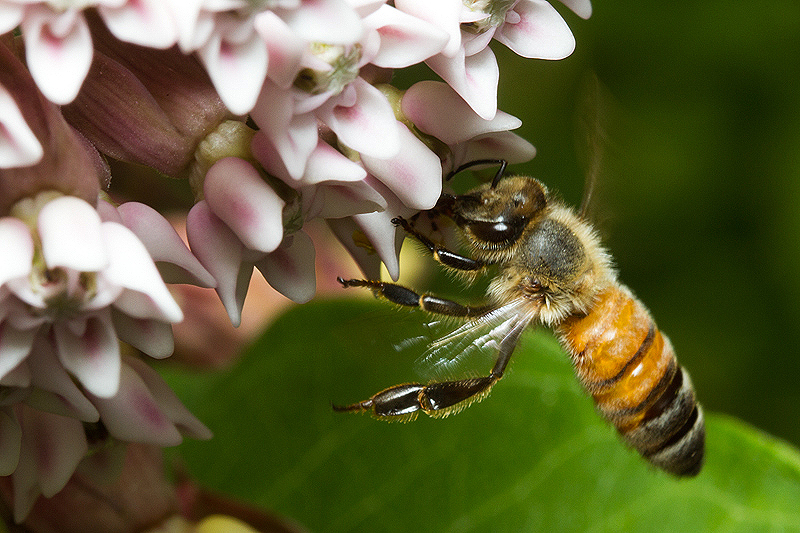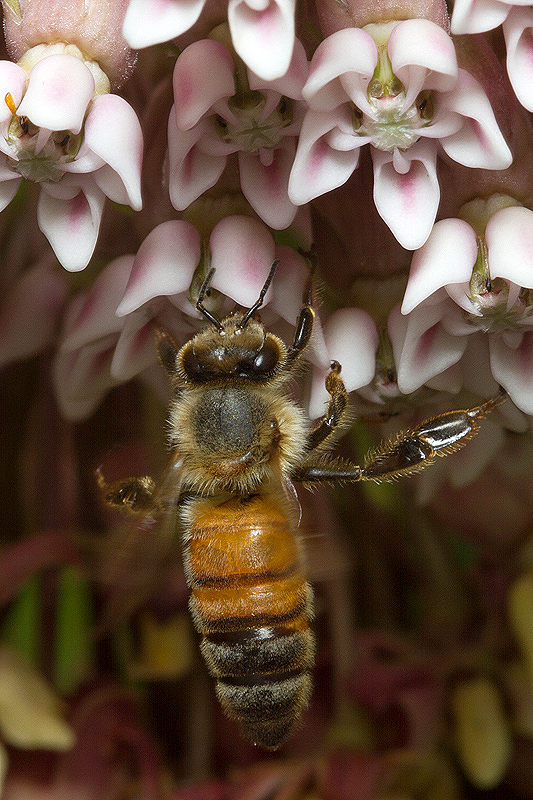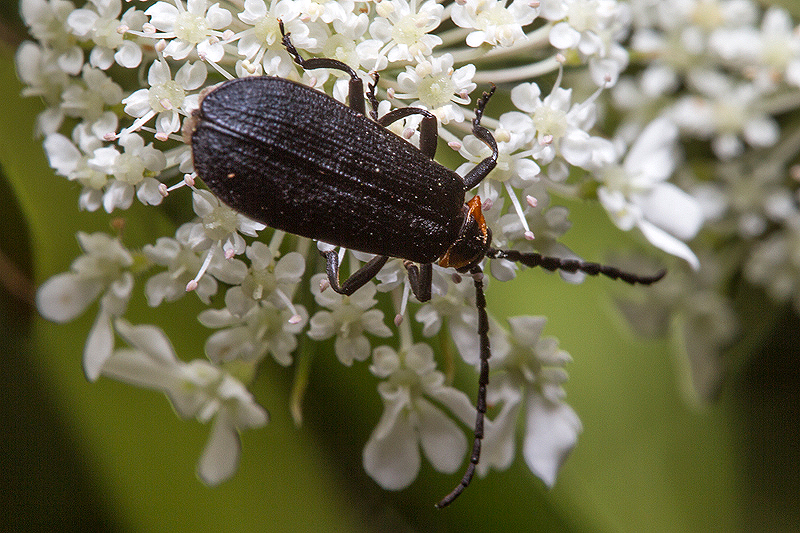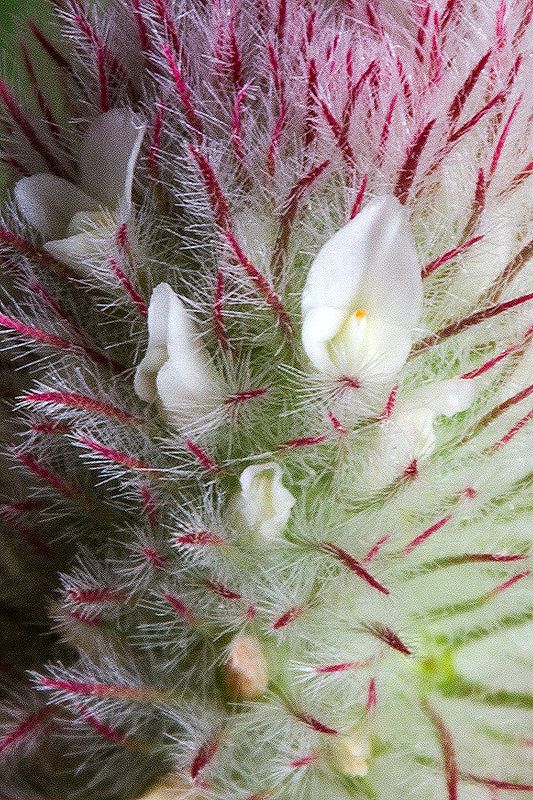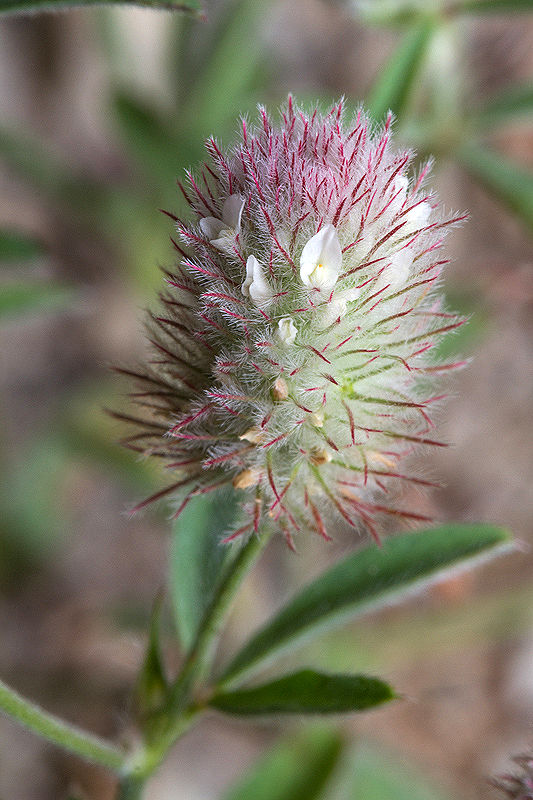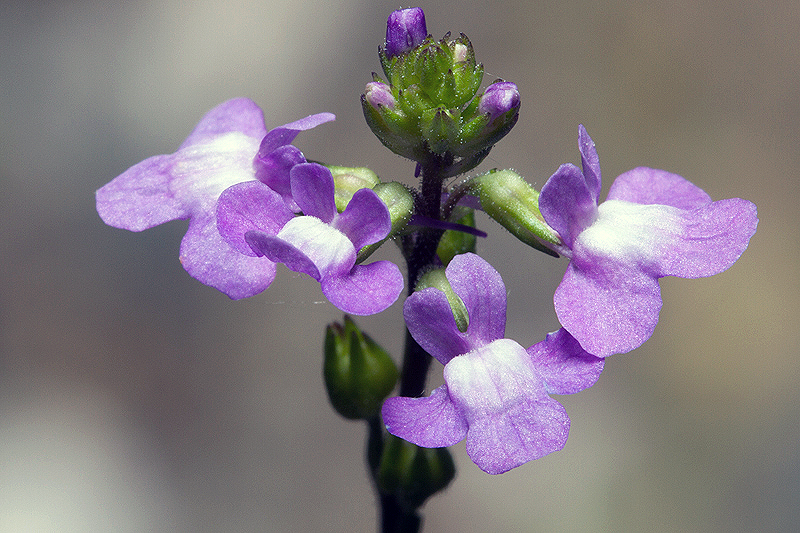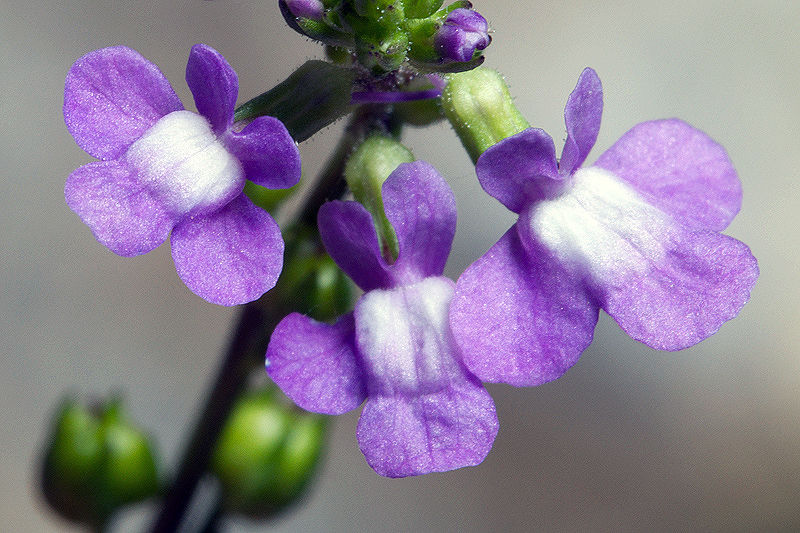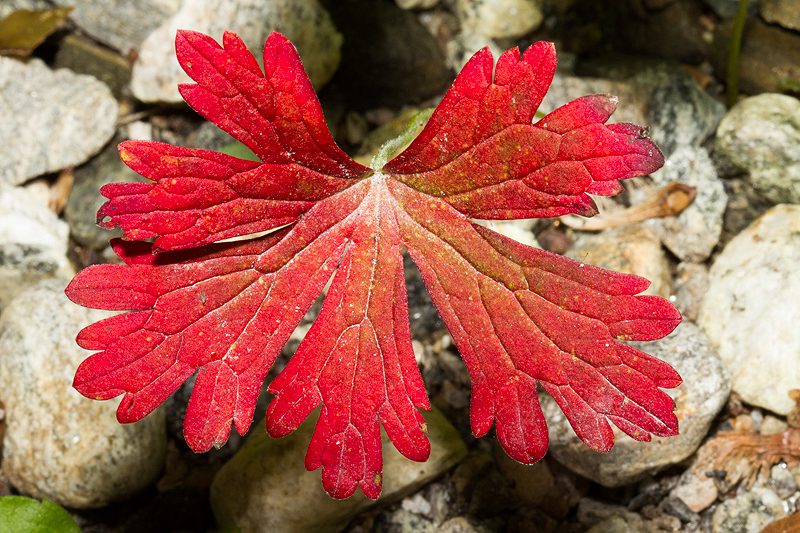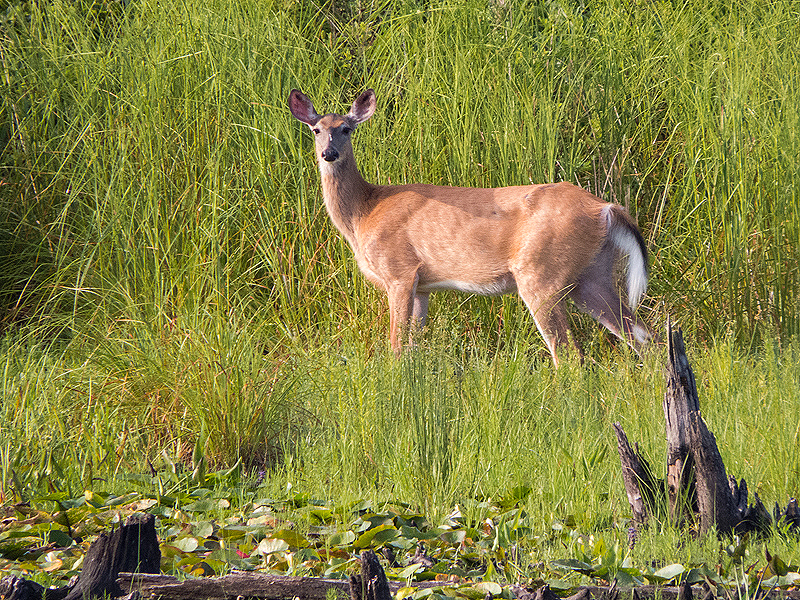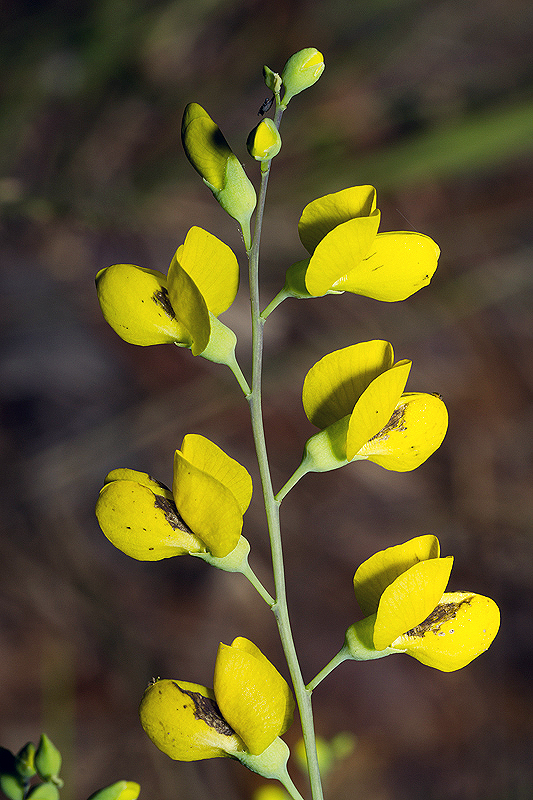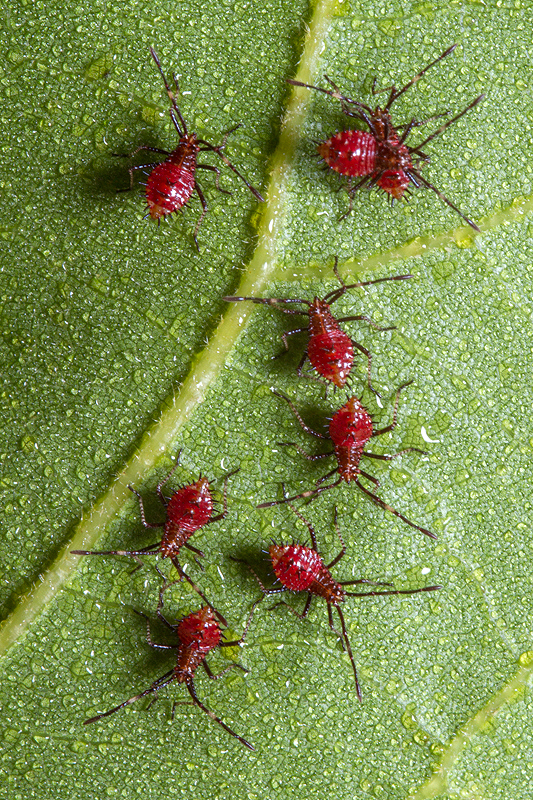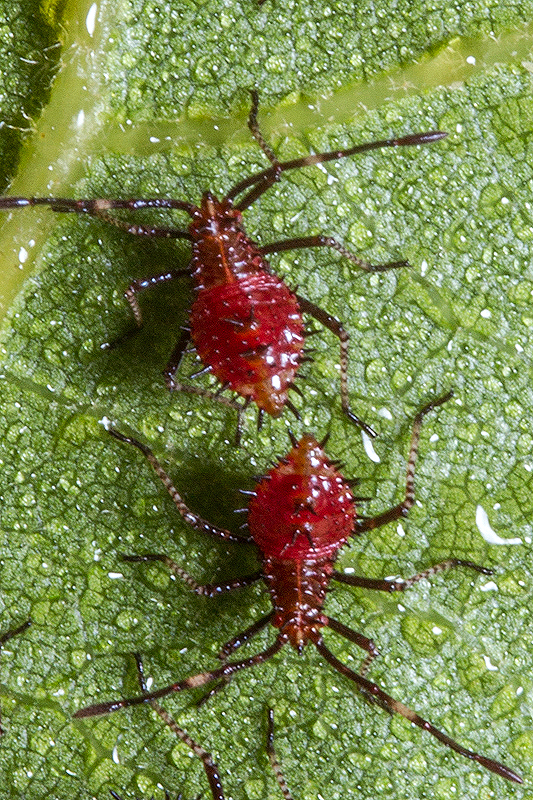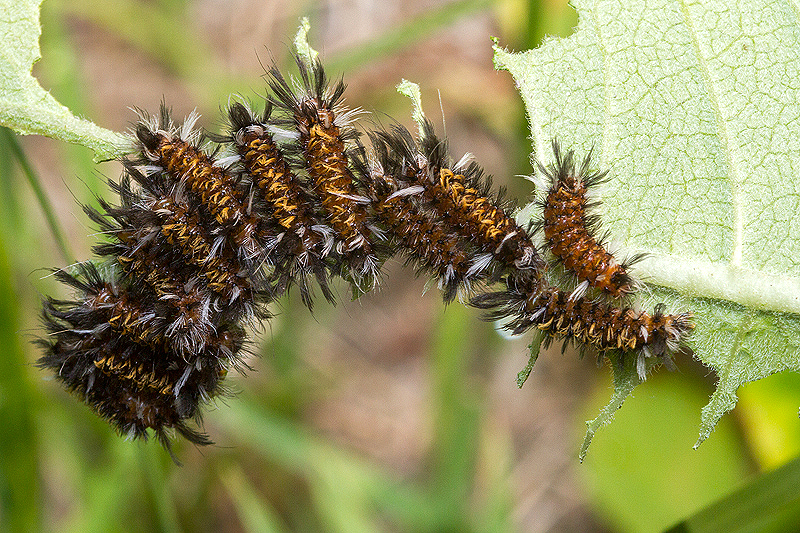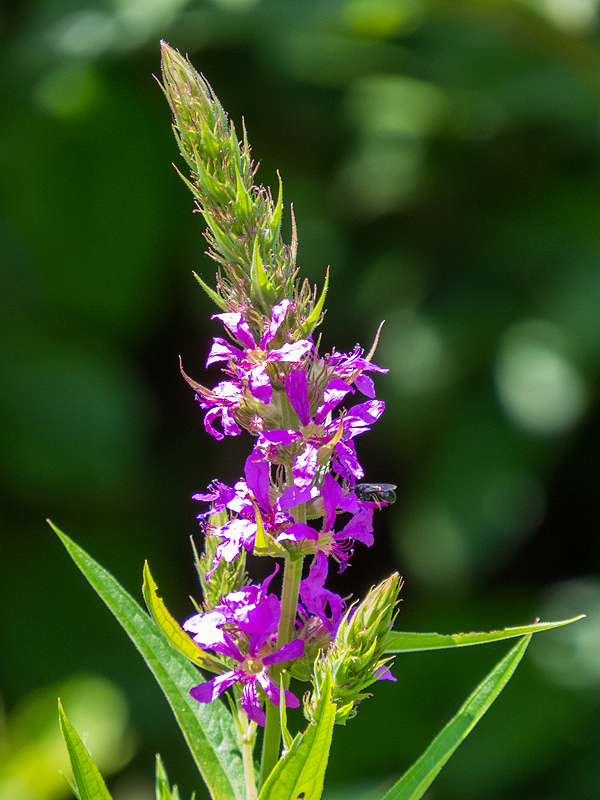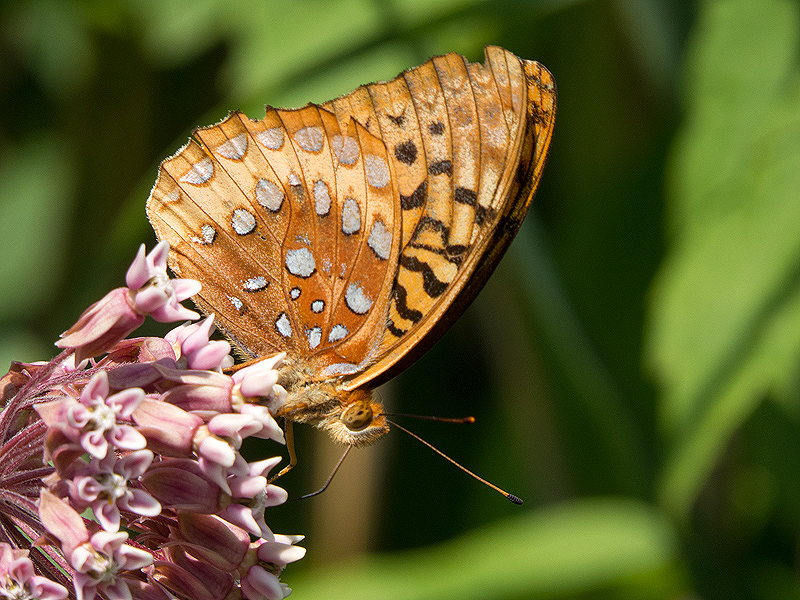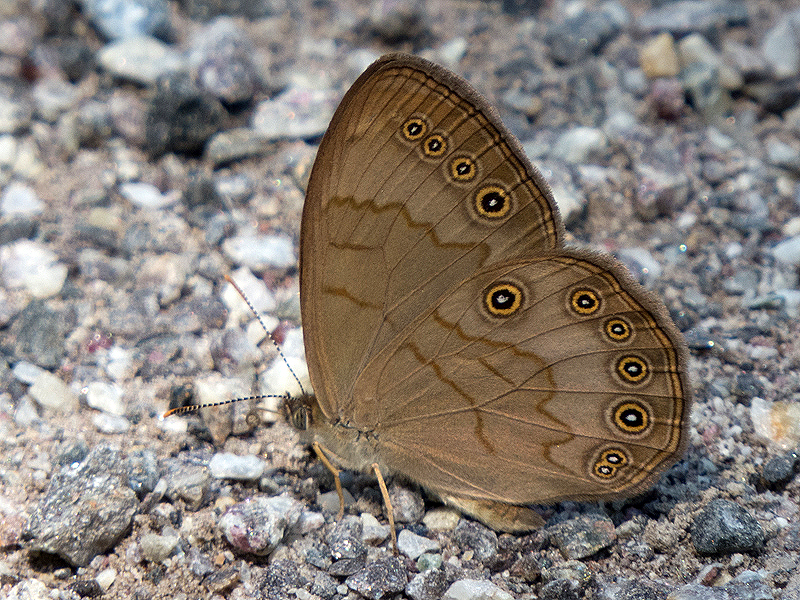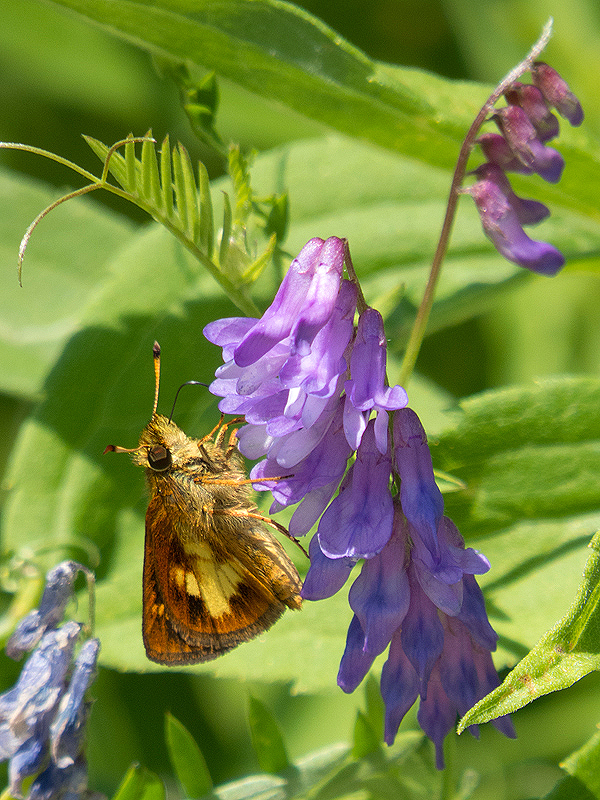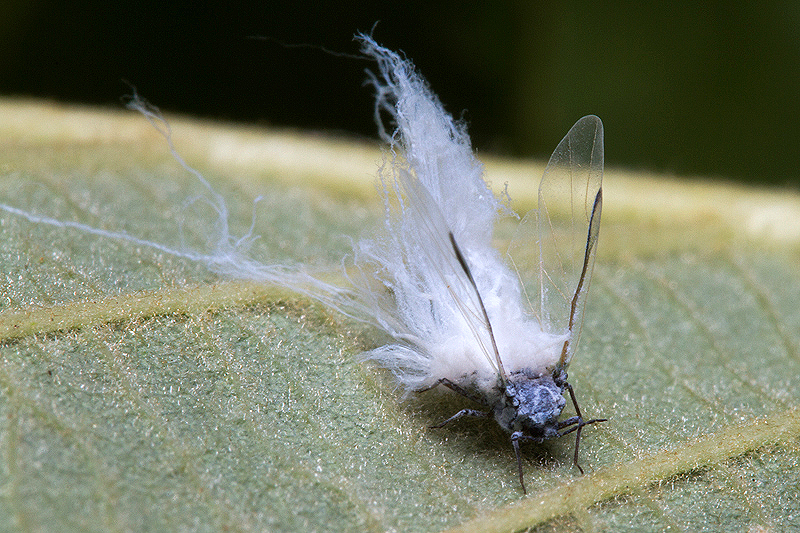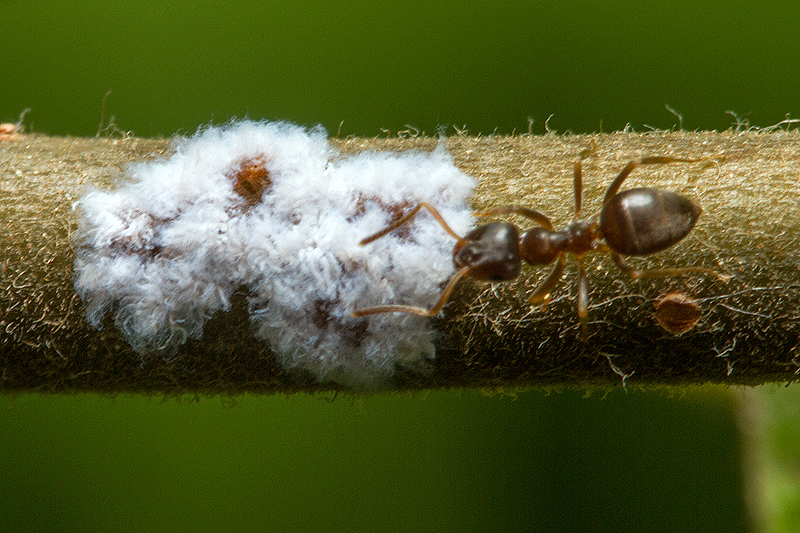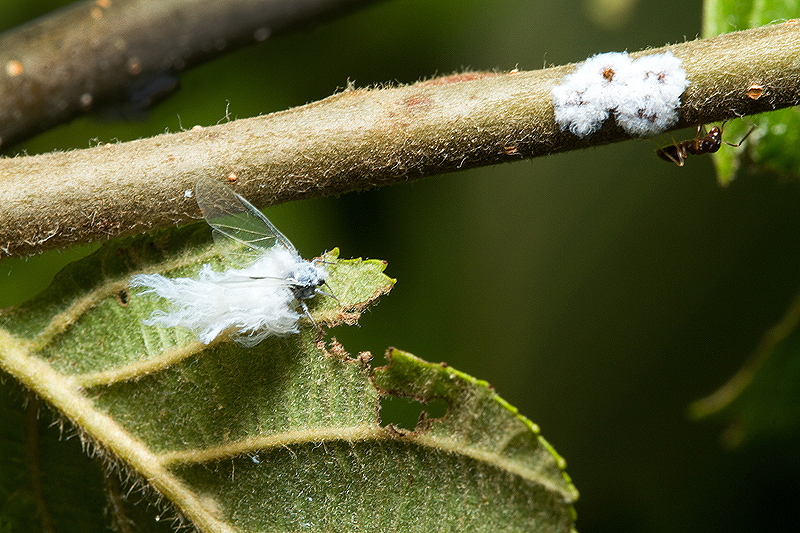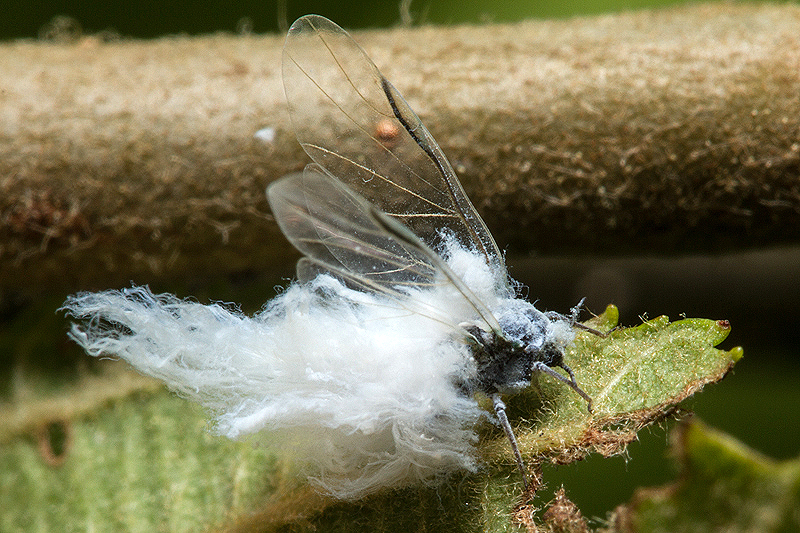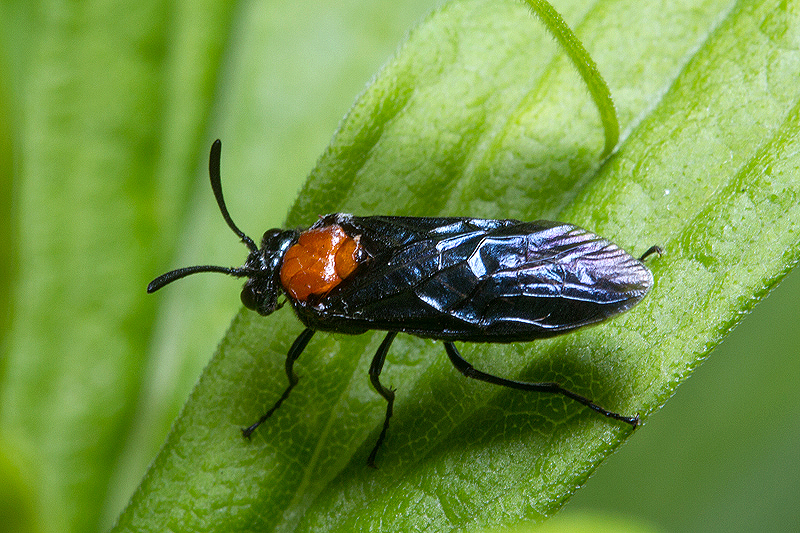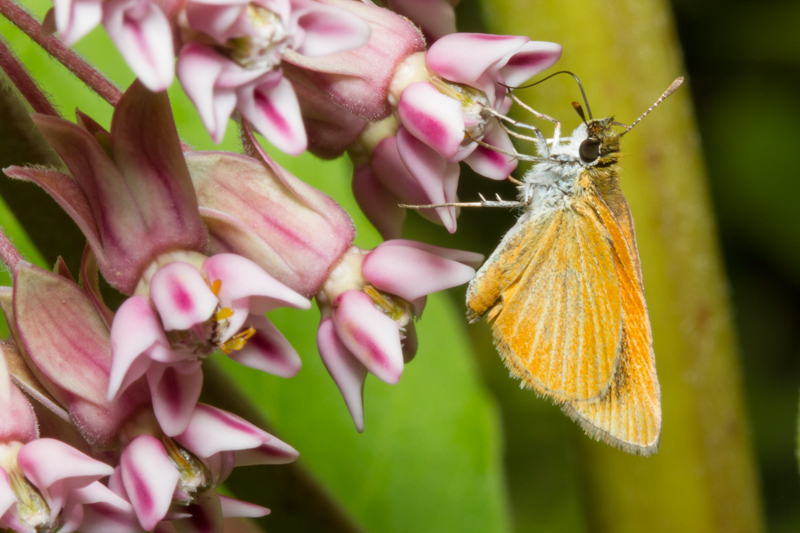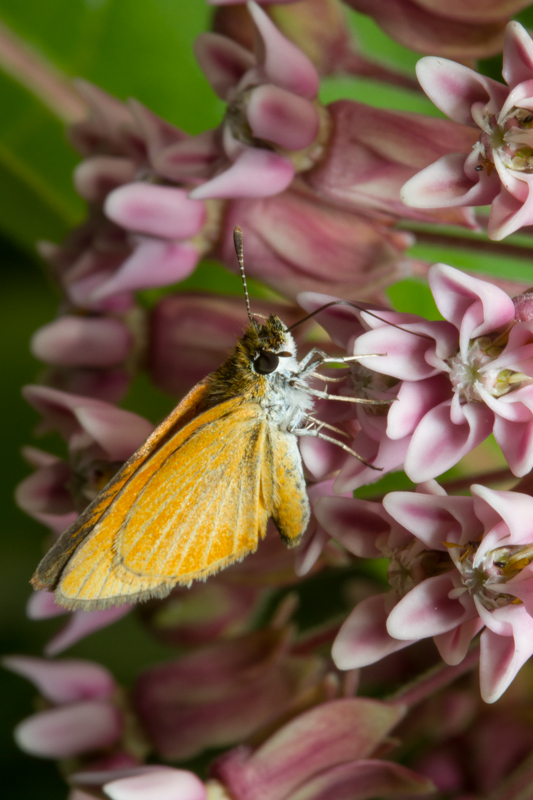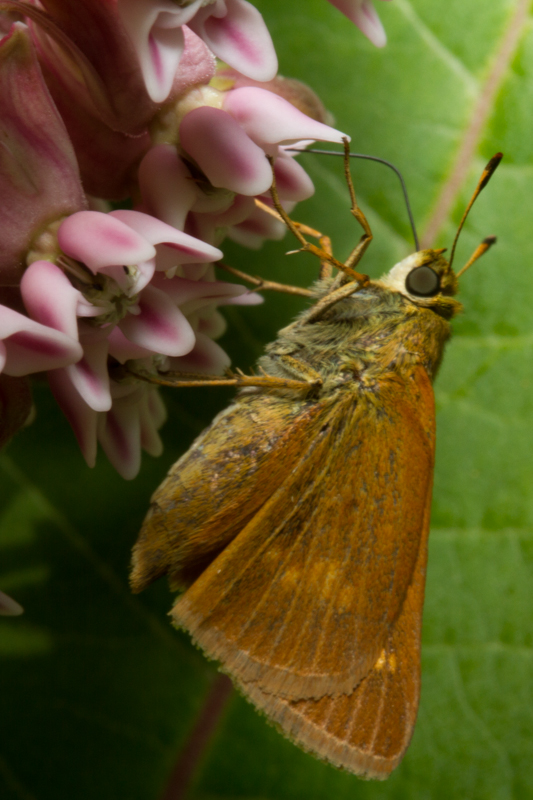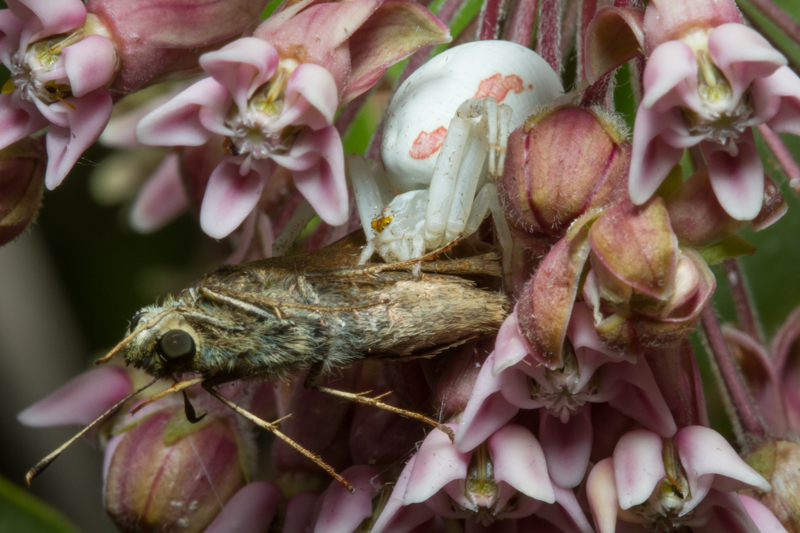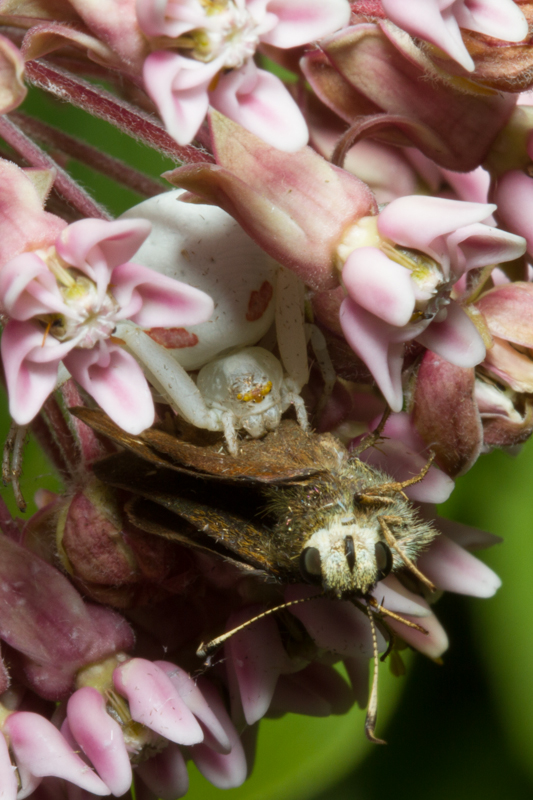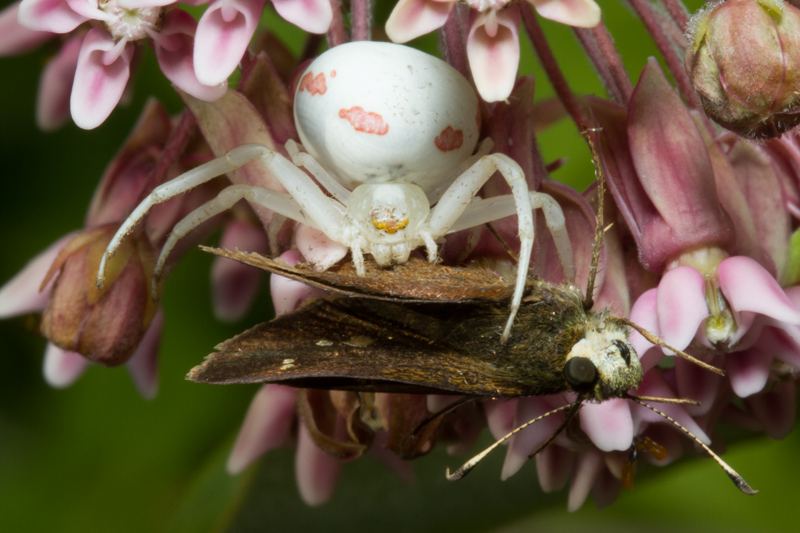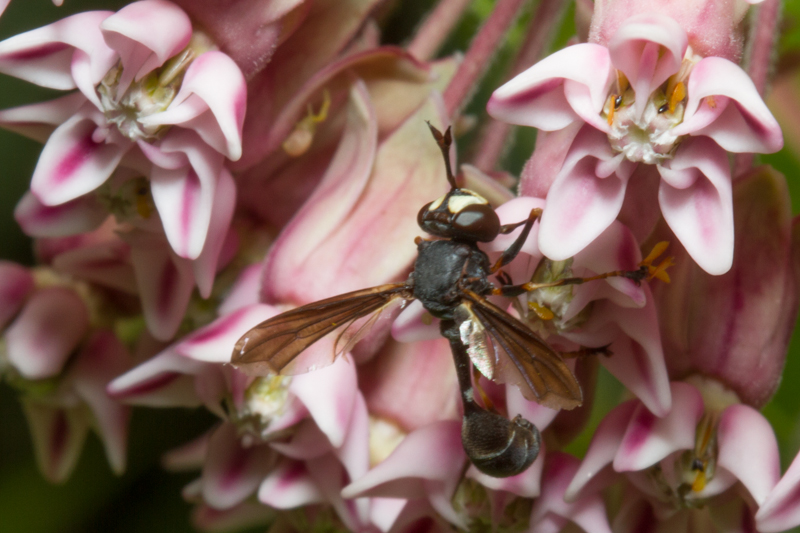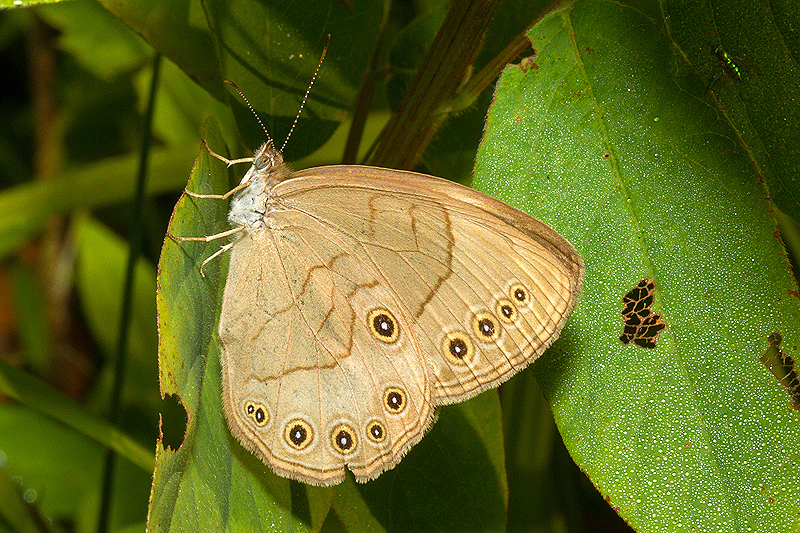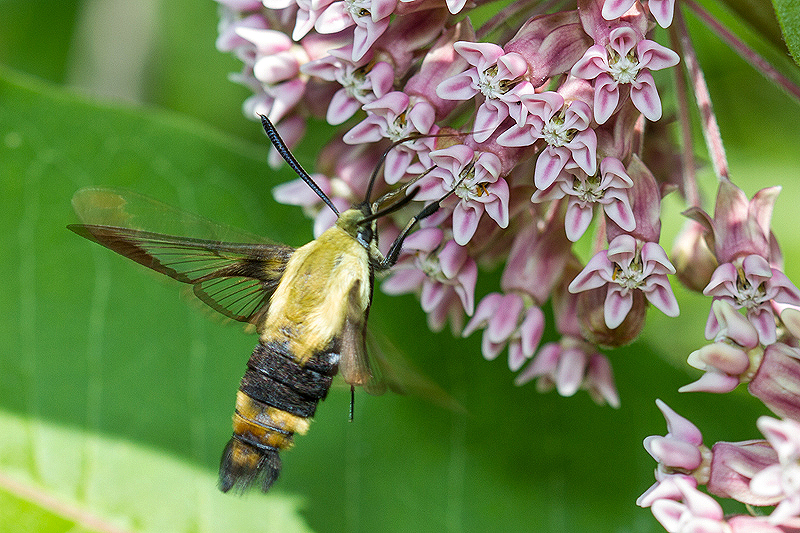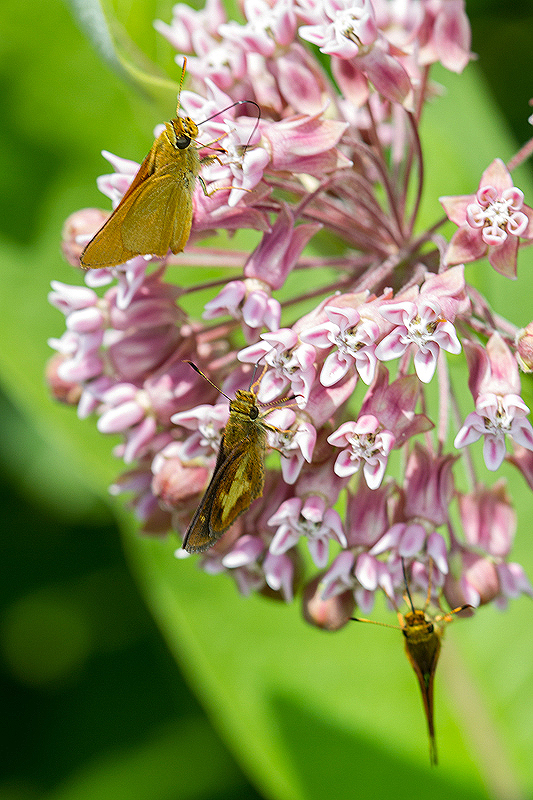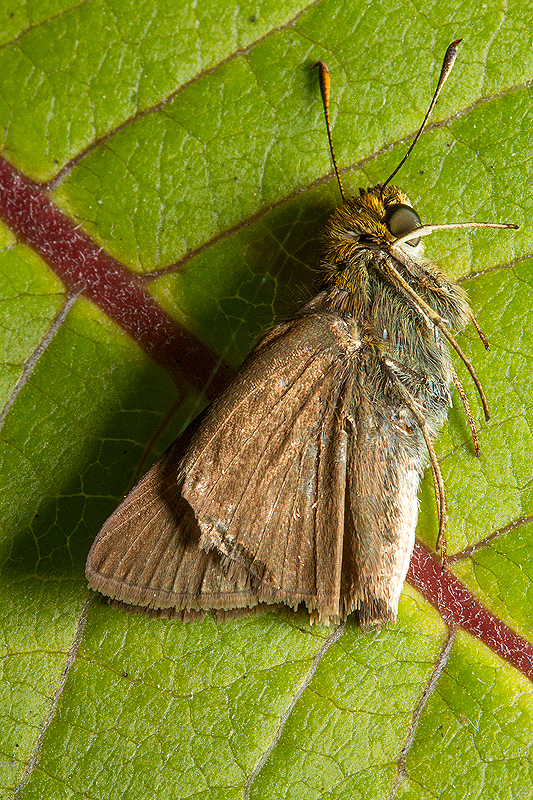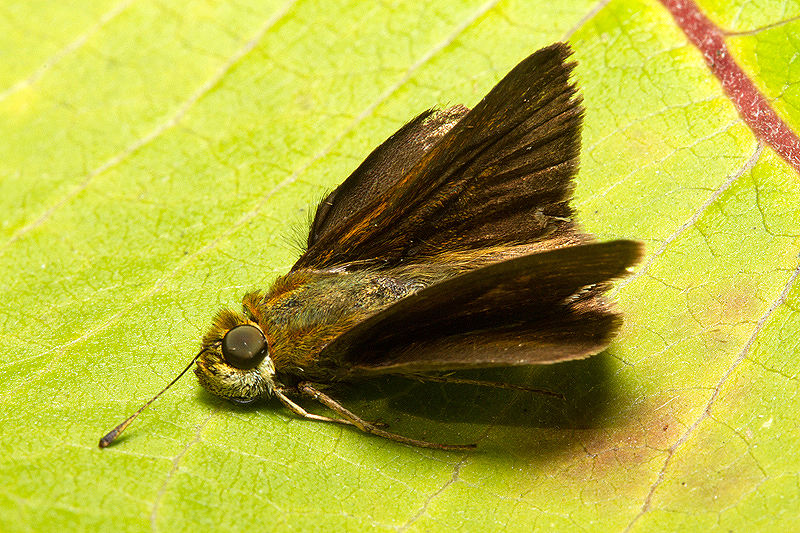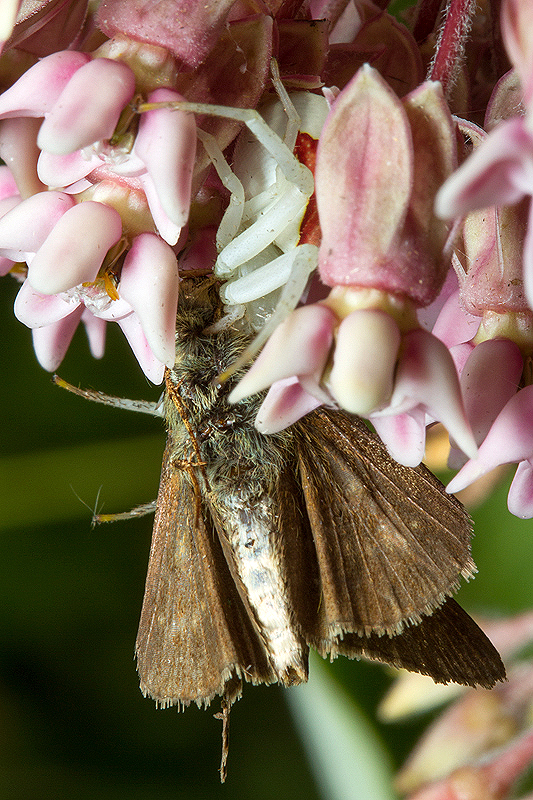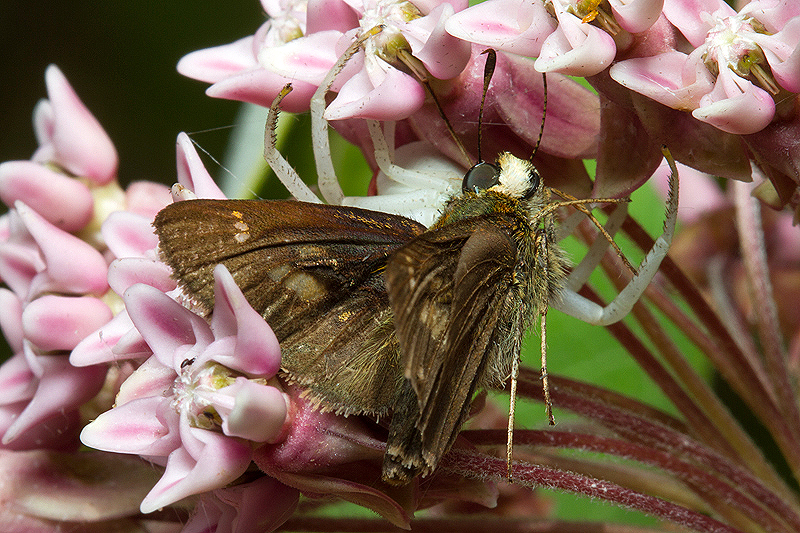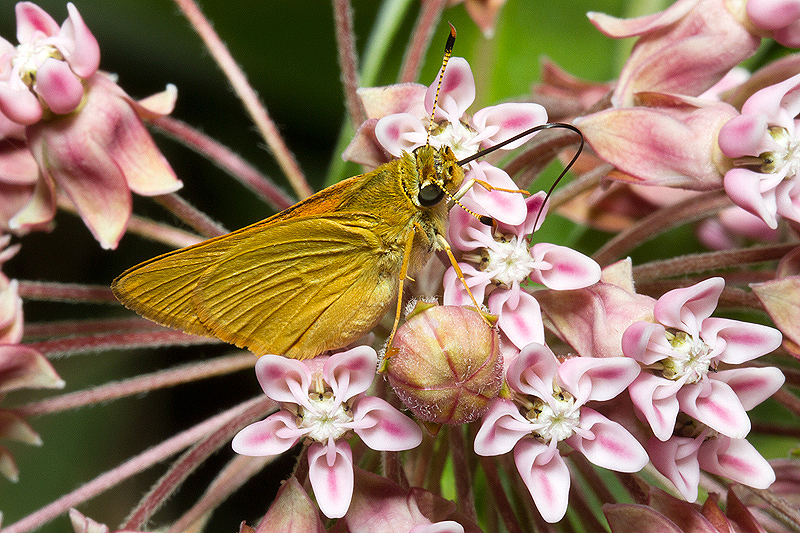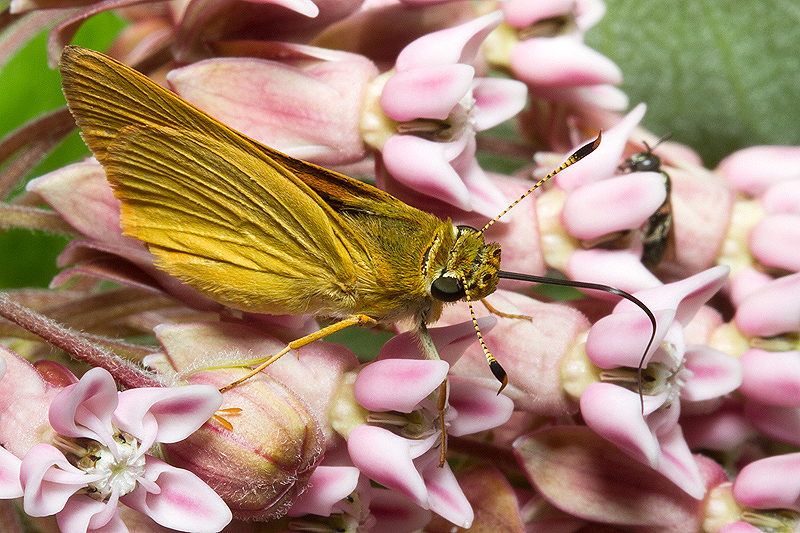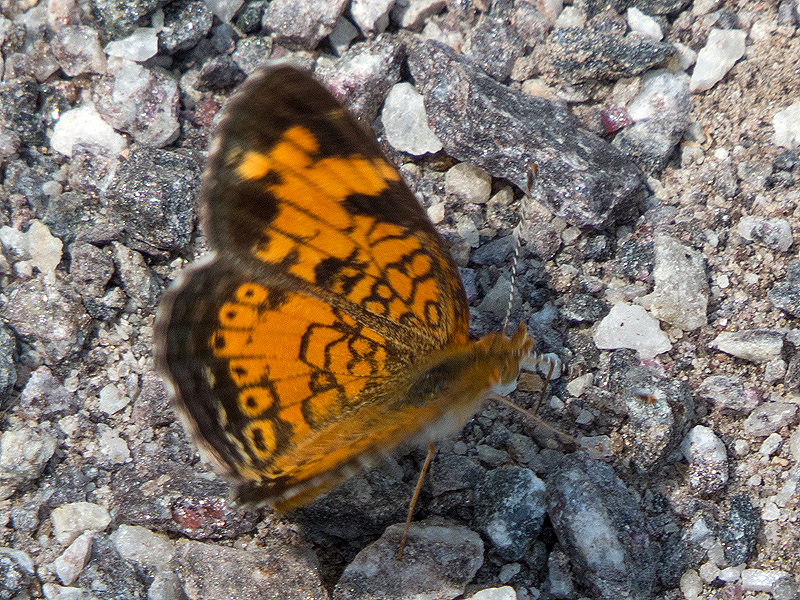Along the Air Line... 2014 - Summer, Part 3 The Air Line Trail in Eastern Connecticut - Stan Malcolm Photos |
mHome Page Stan's FlickR Albums |
July 10th. A late morning walk from Cook Hill Road to Village Hill Road in Lebanon. Lots of butterflies! This is a Mourning Cloak (Nymphalis antiopa). |
|
Eastern Comma (Polygonia comma). |
Note the silver comma mark on the otherwise cryptic underside. |
|
|
|
Red Admiral (Vanessa atalanta). |
The underside is also a credible dead leaf. |
Appalachian Brown (Satyrodes appalachia). |
The first Harvester (Feniseca tarquinius) I've ever seen! Uncommon in Connecticut, this butterfly's caterpillar is carnivorous, feeding on Wooly Alder aphids! |
A male Eastern Tailed Blue (Everes comyntas). |
|
|
|
A grasshopper nymph on Red Clover. |
Honey Bee (Apis mellifera) on Common Milkweed (Asclepias syriaca). |
|
|
A Net-winged Beetle (Family Lycidae). |
Rabbit's-foot Clover (Trifolium arvense). |
|
|
Blue or Old-field Toadflax (Nuttallanthus canadensis). |
|
Smartweed (Polygonum sp.). |
A Wild Geranium (Geranium maculatum) leaf that turned early. |
July 11th. One of four White-tailed Deer (Odocoileus virginianus) feeding far across the marsh. |
Wild Indigo (Baptisia tinctoria). |
Coreid bug nymphs, probably the Helmeted Squash Bug (Euthochtha galeator). |
|
First Goldenrod (Solidago sp.) of the year to bloom. |
The Milkweed Tussock Moth (Euchaetes egle) caterpillars have dispersed to other nearby milkweed plants after completely stripping the original plant. They've also grown to look more like mature caterpillars. |
An afternoon return to the Lebanon section I visited yesterday. This is invasive Purple Loosestrife (Lythrum salicaria). Thankfully only a couple of stalks of it so far. |
Lots of activity on Milkweed there. This is a Great Spangled Fritillary (Speyeria cybele); there were lots of them along with various skippers, bees, and a hawk moth. |
Appalachian Brown (Satyrodes appalachia). |
Mulberry Wing skipper (Poanes massasoit) on Common Vetch (Vicia cracca). |
I went back to the Lebanon section hoping for better pictures of yesterday's Harvester. (I think I saw one flying, but it never rested.) But this Wooly Alder Aphid (Prociphilus tessellatus) is the reason the butterfly was there - the caterpillars feed on them. |
Ants tend the young aphids. |
|
Adults are very, very wooly. |
A Common Sawfly (Family Tenthredinidae; Dolerus sp.). |
A Leaf Beetle (Family Chrysomelidae; Calligrapha sp.). |
|
Perhaps a Least Skipper (Ancyloxypha numitor). Skippers are generally hard to identify: there are a lot of species and coloration is variable. Please don't take my identifications too seriously. |
|
An unidentified Skipper (Family Hesperididae). |
A skipper that had fallen prey to a Goldenrod Crab Spider (Misumena vatia). |
|
|
A Thick-headed Fly (Physoconops sp.). A pretty good wasp mimic. |
July 12th. Back at Raymond Brook Marsh. Appalachian Brown (Satyrodes appalachia). |
Later, a quick visit to the Lebanon site. Today, I managed a photo of a Snowberry Clearwing (Hemaris diffinis). |
Again, a nice variety of skippers. |
Yesterday's spider meal unceremoniously dropped onto a leaf below. |
I turned it over to get a look at the upper side. I still won't attempt an ID. |
Meanwhile, the same Goldenrod Crab Spider (Misumena vatia) had captured another skipper. |
I'll guess that this is a female Crossline Skipper (Polites origenes). |
Delaware Skipper (Anatrytone logan). |
Delaware Skipper (Anatrytone logan). |
Pearl Crescent (Phyciodes tharos). Never would stay still. |
